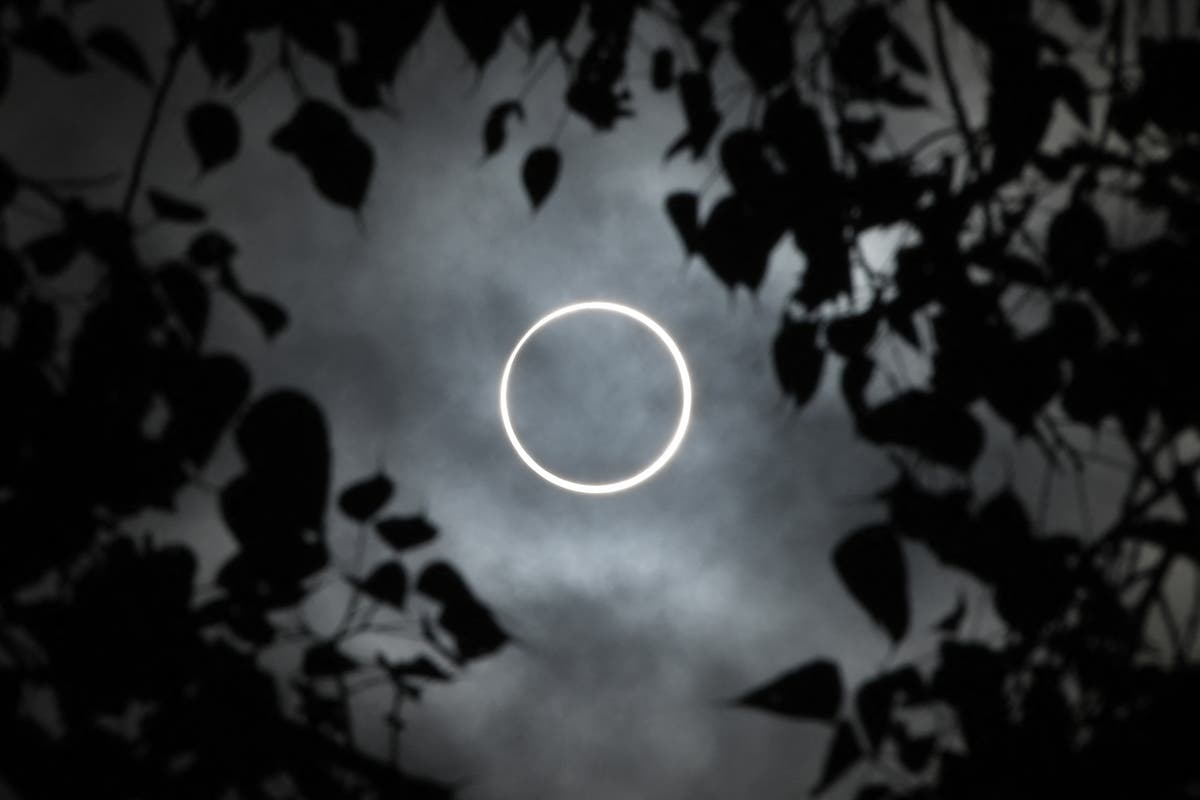Total solar eclipse 2024 highlights: Rare phenomenon darkens North America’s skies
Path of totality spans parts of Mexico, eastern Canada and 13 US states, as experts give information about how to safely see it and take pictures

What scientists hope to understand from eclipse
Scientists in several parts of the US are conducting studies to better understand how yesterday’s total solar eclipse affected the planet.
Space physicist Darci Snowden from Central Washington University sent up balloons to capture data and better understand how weather changed during the eclipse.
Weather balloons capable of flying up to 33km (20m) were flown into the stratosphere, carrying battery-powered instruments for collecting data on temperature, humidity, pressure, as well as wind direction and speed.
A Nasa team also launched data-collecting jets above Earth’s atmosphere to learn more about the structure and temperature of the Sun’s outer atmosphere.
“The total solar eclipse is a really exciting way to engage the public in science while at the same time advancing our knowledge of the sun and its impacts on us here on Earth,” Colleen Hartman, director of the Space Studies Board of the National Academies, said.
Scientists at MIT’s Haystack Observatory are studying how the solar eclipse affected the topmost layers of the atmosphere, including its outermost ionosphere layer where many satellites orbit.
They hope to study how the ionosphere responds before, during, and after the eclipse, as the sun’s radiation suddenly dips.
Researchers also observed how animal behaviours changed when the eclipse passed over North America.
As the eclipse neared totality, many animals in the Columbus Zoo, including sloth bear, red pandas, reindeer, ostriches went to sleep as if it was nighttime.
“About seven minutes afterward, it started to lighten back up a little bit and they all stood up and they started grooming as though they were preparing for the day,” Shannon Borders, curator of the zoo’s Heart of Africa exhibit, told The Columbus Dispatch.
Observers in Fort Worth Zoo, Texas said some animals displaying curiosity and vigilance during the eclipse.
Animals including elephants, giraffes, bonobos, and gorillas at the zoo reportedly moved toward their barn doors, something they do at night.
Flamingos and penguins at the zoo formed a cluster before totality, while others birds began to get quieter, authorities said.

 KickT
KickT 



























.jpg)



.jpg&h=630&w=1200&q=100&v=154b70b92d&c=1)
